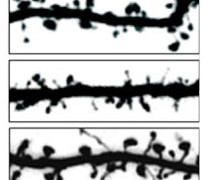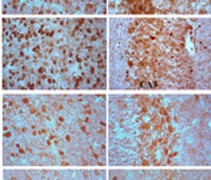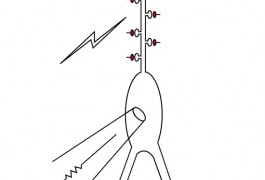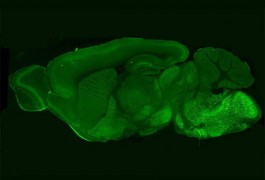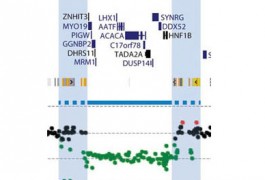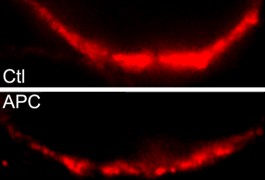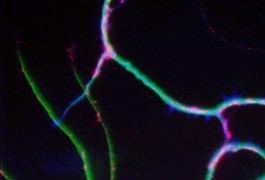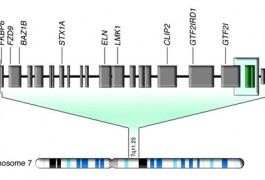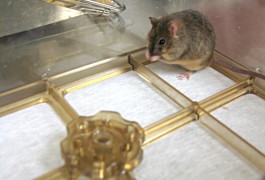Molecular mechanisms: Autism protein connects neurons
An autism-linked protein called CASPR2 promotes the development of dendrites, the bushy structures atop neurons that receive signals from other neurons, according to a study published 30 October in Proceedings of the National Academy of Sciences. Lowering CASPR2 levels leads to sparse dendrites and few synapses, the junctions between neurons.
